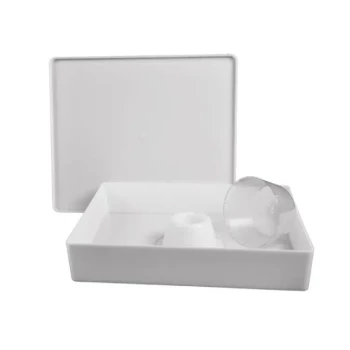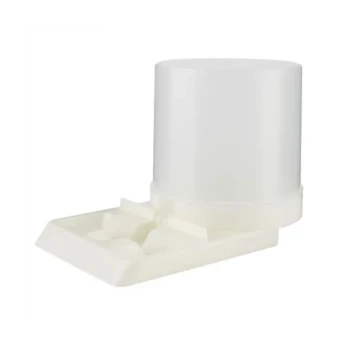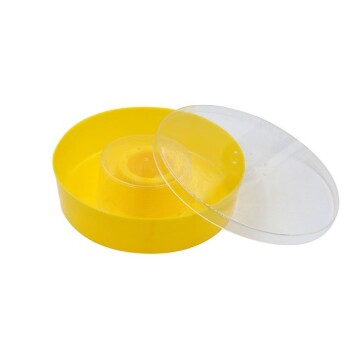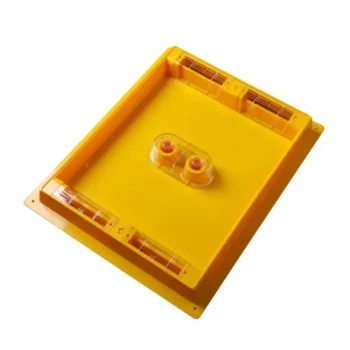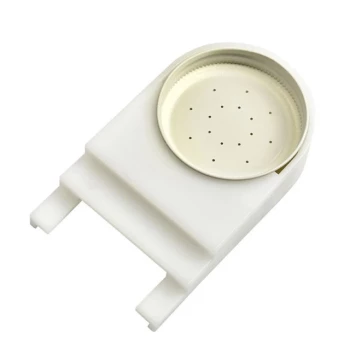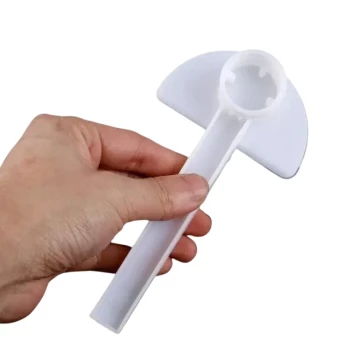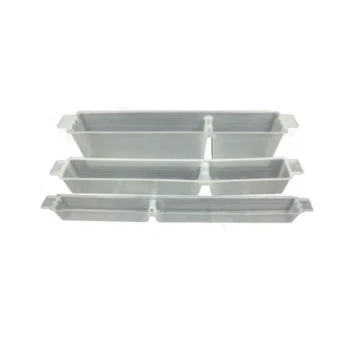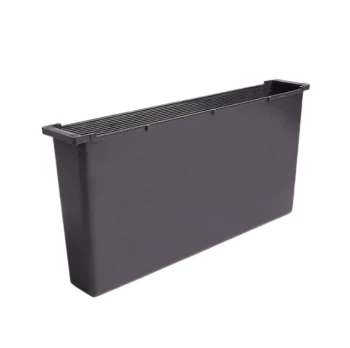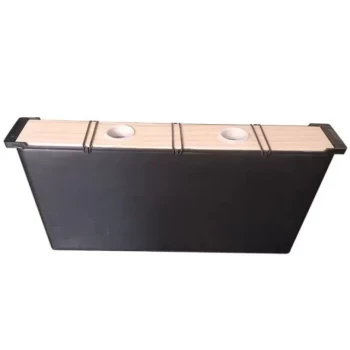The frequency of feeding your bees sugar water is not based on a fixed schedule, but rather on the specific goal for your colony and, most importantly, on careful observation of the hive's needs. For stimulating a colony in the spring, this might mean feeding small quantities every few days, while preparing for winter involves a different approach entirely.
The most critical principle is to move away from a calendar-based schedule and adopt an observation-based strategy. Your feeding frequency should be a direct response to how much syrup the bees are consuming and storing, which you can only determine by regularly checking the combs.

The Purpose of Feeding: Why Are You Intervening?
Before providing sugar water, you must first define your objective. The reason for feeding dictates the type of syrup, the quantity, and the frequency.
For Spring Stimulation
The goal here is to mimic an early nectar flow. This encourages the queen to start laying eggs and helps the colony build its population ahead of the main season.
For this purpose, you should feed small quantities (1–2 liters) of a 1:1 sugar-to-water mixture. Providing this every few days is a common practice to maintain the stimulation effect.
For Fall Preparation
In the fall, the objective shifts from stimulation to survival. The colony needs to build up sufficient food stores to last the entire winter.
Here, you should use a thicker 2:1 sugar-to-water mixture. This ratio requires less effort for the bees to process and store. You feed larger quantities until the hive has enough stores, which is determined by hive weight or inspecting the frames.
For Addressing a Nectar Dearth
A nectar dearth occurs when there are no blooming, nectar-producing plants available due to drought or season. In this scenario, your goal is simple survival.
You should provide a 1:1 mixture to substitute for the missing nectar, ensuring the colony has the carbohydrates it needs for daily energy.
From Schedule to Observation: The Golden Rule
The most reliable way to manage feeding is to let the bees guide you. A rigid schedule can easily lead to over- or under-feeding.
Start with an Initial Feed
Begin by giving the hive an initial amount of syrup, typically around 1 to 3 liters. This allows you to gauge their immediate need without overwhelming them.
Check the Combs Frequently
This is the most crucial step. After a day or two, inspect the hive. Is the feeder empty? Have they stored the syrup in the comb? Or is the syrup untouched?
The bees' response is your primary data point. It tells you everything you need to know about their current needs and the availability of natural forage.
Adjust Based on Consumption
If the bees consumed the syrup quickly, it indicates a strong need, and you should continue feeding. If they ignored it, there is likely a natural nectar flow available, and you should immediately stop feeding to avoid contaminating the honey.
Understanding the Trade-offs
Supplemental feeding is a powerful tool, but it is an intervention with potential downsides that must be managed carefully.
The Risk of Overfeeding
Providing too much syrup, or feeding when it's not needed, can cause problems. The bees may store sugar water in the honeycomb cells where the queen needs to lay eggs, limiting brood production. It can also deter them from foraging for natural, more nutritious nectar and pollen.
The Importance of the Right Mixture
The concentration of the syrup is critical. A thin 1:1 mixture is easy for bees to consume immediately for energy, effectively stimulating activity. A thick 2:1 mixture is less work for them to dehydrate and cap for long-term winter storage.
Use the Correct Sugar
Always use white cane sugar. Other sugars, such as brown sugar or raw sugar, contain solids that bees cannot digest and can cause dysentery. Never feed bees honey from another hive, as it can spread devastating diseases.
Matching Your Feeding Strategy to the Goal
Ultimately, your approach should be flexible and responsive. Use these guidelines to make the right decision for your colony's specific situation.
- If your primary focus is spring build-up: Feed small amounts of 1:1 syrup every few days, stopping as soon as natural nectar becomes available.
- If your primary focus is fall winterization: Feed larger quantities of 2:1 syrup, refilling as needed until the combs are sufficiently full for winter.
- If your primary focus is survival during a dearth: Provide a continuous supply of 1:1 syrup, adjusting the amount based on daily consumption.
Observing your colony's behavior is the most reliable path to becoming a successful beekeeper.
Summary Table:
| Feeding Goal | Sugar Water Ratio | Frequency Guideline | Key Action |
|---|---|---|---|
| Spring Stimulation | 1:1 (sugar:water) | Every few days | Feed small amounts (1-2L) to encourage brood production. |
| Fall / Winter Prep | 2:1 (sugar:water) | As needed until combs are full | Feed larger quantities for long-term food stores. |
| Nectar Dearth | 1:1 (sugar:water) | Based on daily consumption | Provide a continuous supply for survival. |
Master Your Hive's Nutrition with Professional-Grade Supplies
Ensuring your bees have the right nutrition at the right time is critical for a thriving apiary. At HONESTBEE, we supply commercial apiaries and beekeeping equipment distributors with the high-quality, durable feeding equipment and supplies needed to implement these precise feeding strategies effectively.
Let us support your operation's success. Our wholesale-focused operations are designed to provide you with reliable, cost-effective solutions.
Contact our team today to discuss your specific needs and discover how HONESTBEE can be your trusted partner in beekeeping.
Visual Guide
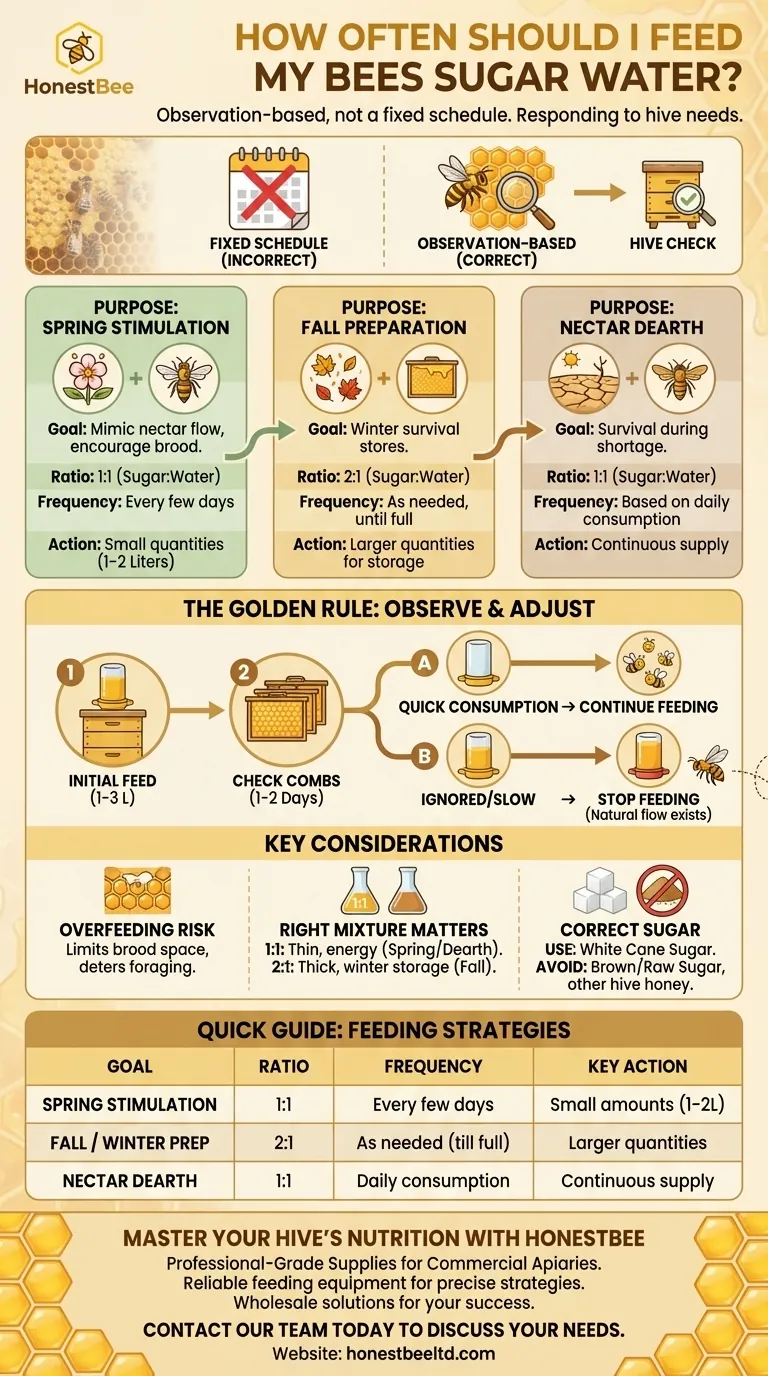
Related Products
- HONESTBEE Professional Hive Top Bee Feeder Feeding Solution
- HONESTBEE Entrance Bee Feeder Professional Hive Nutrition Solution for Beekeeping
- HONESTBEE Round Hive Top Bee Feeder for Syrup
- HONESTBEE Advanced Ergonomic Stainless Steel Hive Tool for Beekeeping
- Professional Hive Front Entrance Bee Feeder
People Also Ask
- Do I need an inner cover with a hive top feeder? Optimize Your Hive Setup for Healthy Bees
- What features make top feeders a reliable choice for beekeepers? A Guide to Safe, Efficient Hive Nutrition
- How is the plywood floor fitted into the hive-top feeder? Ensure Longevity with a Floating Floor Design
- What is the best way to top feed bees? A Safe, High-Volume Feeding Solution for Your Apiary
- How do I keep bees from drowning in my top feeder? Ensure Safe Feeding for Your Hive
